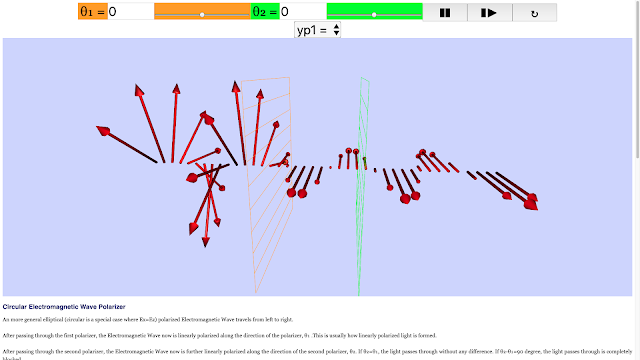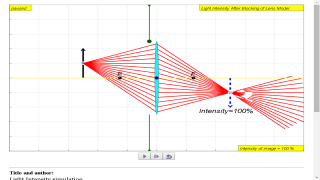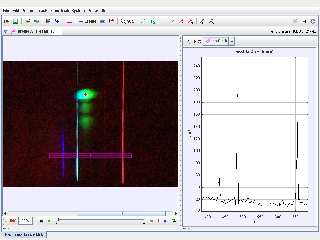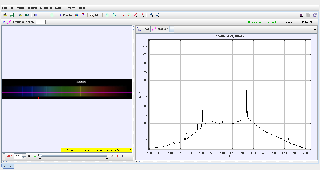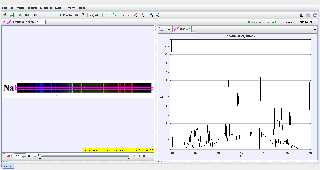Breadcrumbs
03 Waves
Waves. In H2 Physics, the collective behaviour of synchronised oscillators is modelled as waves. These ripples in space and time can transfer energy without transferring matter. To describe and represent wave motion, learners first need to pick up the necessary mathematical language and terminology, focusing initially on visualising waves in one spatial and one temporal dimension. Using the principle of linear superposition, a wide range of phenomena involving wave interference can be explained, predicting complex patterns with the aid of geometric reasoning.
Big Ideas. Waves are disturbances that propagate from one region of space to another. Waves are inherent in our everyday lives; how we hear, see and communicate is due to the way waves travel and transfer energy from a source (or disturbance) to places around it. 2. Sound waves are vibrations that propagate through a material medium. The speed of sound depends on the medium through which it travels; sound travels fastest through a solid, and slowest through a gas. 3. Light belongs to a family of waves known as Electromagnetic waves. Electromagnetic waves can propagate even in empty space where there is no material medium. Light and all other electromagnetic waves travel at the same speed (3.0 x 108 m/s) through a vacuum. Electromagnetic waves have many important applications in communication, home appliances, medical and industrial use. 4. When two waves overlap, their total displacement is the sum of the individual displacements of the individual waves. This is the principle of superposition of waves which is applied to explain the formation of stationary waves and interference patterns.
Subcategories
01 General Waves Article Count: 14
02 Superposition Article Count: 16
03 Electromagnetic Spectrum Article Count: 2
04 Light Article Count: 49
05 Sound Article Count: 9
Page 2 of 2





